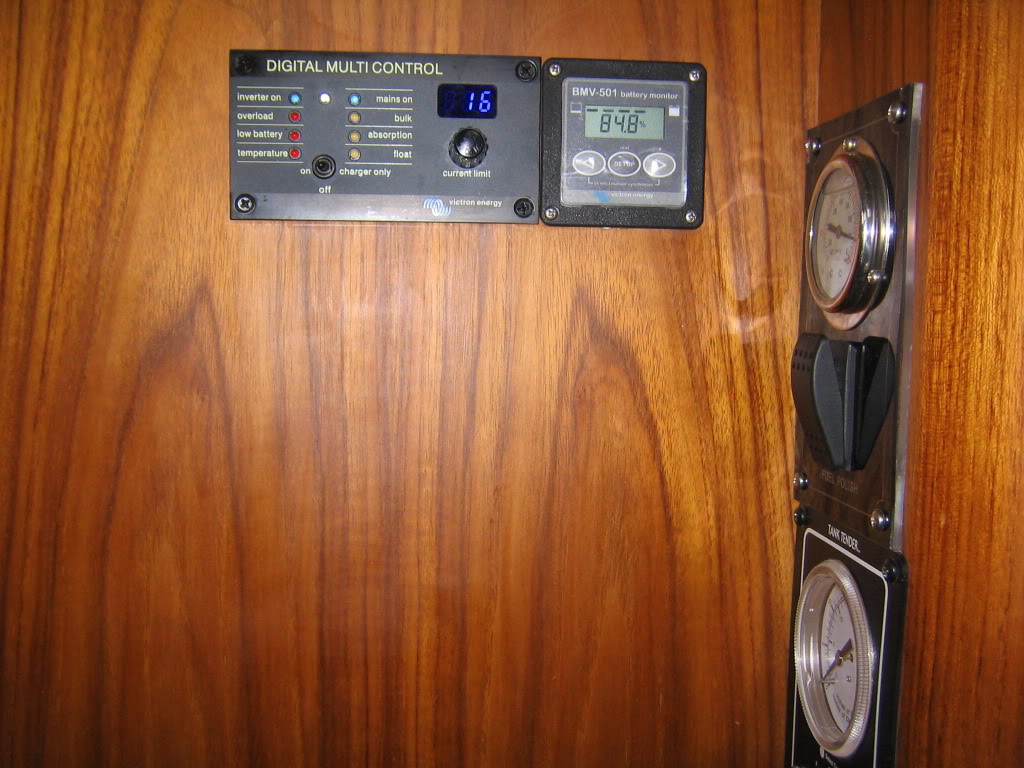Last week I installed new AGM house batteries and a battery monitor. The electrician that helped me (I suppose technically I actually helped him) recommended I recharge at 12v and 50%. Another person said 12.2v and about 50-60%.
Chapman's recommends 12.2v and 50%, which I'm inclined to follow.
Question - Do any of you true electrical gurus have a strong opinion one way or another? Or, are these numbers so close that it really doesn't matter?
Chapman's recommends 12.2v and 50%, which I'm inclined to follow.
Question - Do any of you true electrical gurus have a strong opinion one way or another? Or, are these numbers so close that it really doesn't matter?





